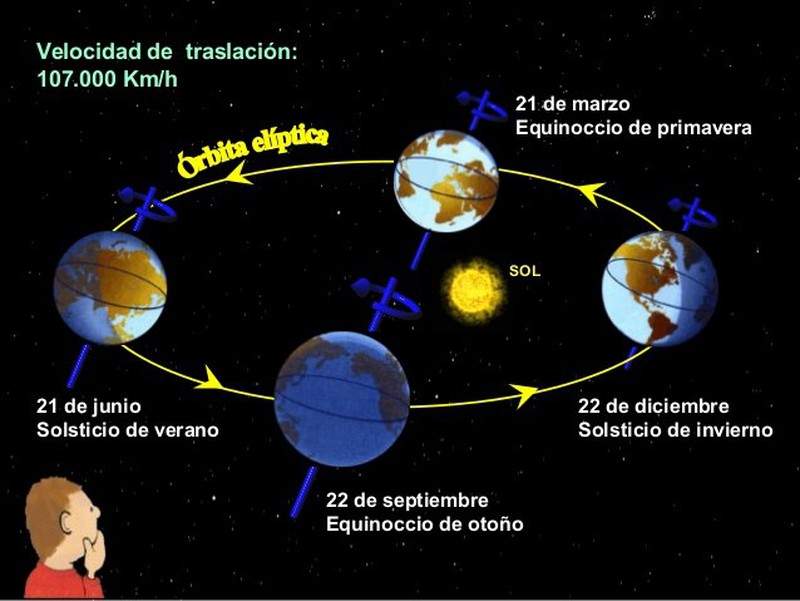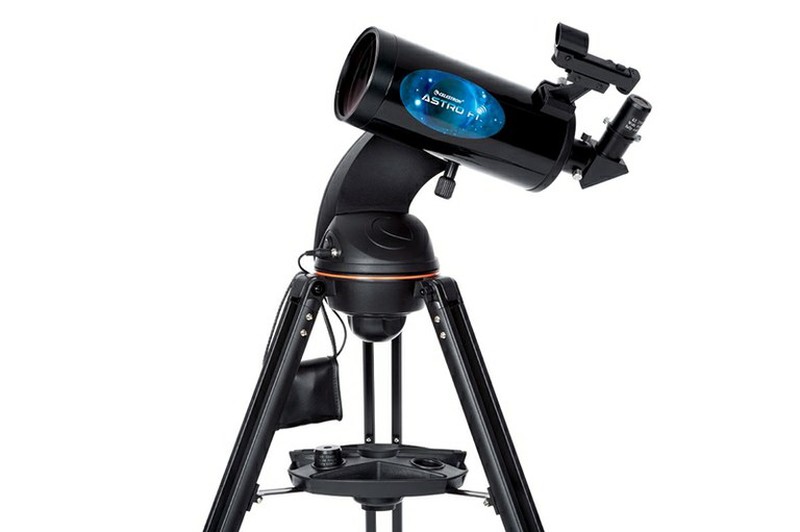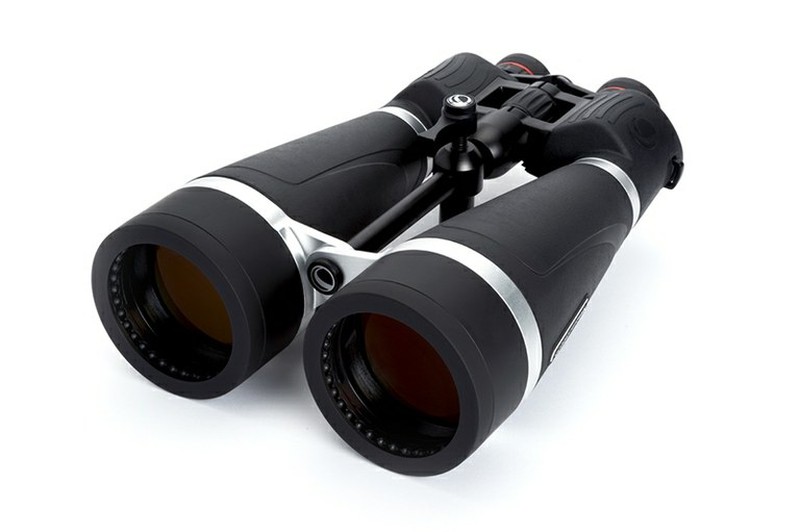Astronomical observation in March
What stars can we observe in March, what astronomical events are there?

In March we welcome the astronomical spring, which will arrive on March 20 at 9:58 p.m. TU The spring or March equinox is so named because the sun stops because of said equinox located in the constellation Pisces. On that day the sun remains 12h above the horizon.
Do not confuse the astronomical spring with the meteorological one. The astronomical begins on March 20 and ends on June 21. The meteorological spring begins on March 1 and ends on May 30, therefore the two seasons are not coincident.
Spring is a good time for observation, especially since the temperature is increasing and it is no longer so unpleasant to spend nights in the open with the winter cold. It is also true that it is a time with frequent meteorological changes, which can alter the observation panorama, with days with more clouds.
The new moon occurs on March 6 at 16:04 and the full moon on March 21 at 1:44. In March there are no notable phenomena such as eclipses or supermoons.
For lunar observation we recommend first of all some astronomical binoculars, with them we can have a first-class view of the Moon as well as the most important constellations. If we want a more detailed observation, we must resort to a telescope, so we will observe the craters in detail.
Also interesting two concepts related to the moon, the use of lunar filters to reduce excessive brightness on full moon days and lunar astrophotography, both in reflex camera devices, CCD cameras or even through our mobile phone and smartphone adapters.
In March we will be able to observe the following planets:
Mercury : in the first days of March and looking west just before sunrise.
Venus: It is also observed in the morning and appears in the east-southeast, coinciding with dawn. Throughout the month the Capricorn constellation wicked.
Mars: We can observe it in the first part of the night in the constellation of Aries, but in the last week it moves to the constellation of Taurus. Better shine at the beginning of the month than at the end.
Jupiter: It can be seen at dawn and at dawn around the constellation Ophiuchus. The morning of the 27th is located south of the Moon.
Saturn: It is visible at dawn within the constellation Sagittarius, although this month with little brightness, the annual minimum. The morning of the 29th is observed north of the Moon.








Opinions of our clients
Receive our news